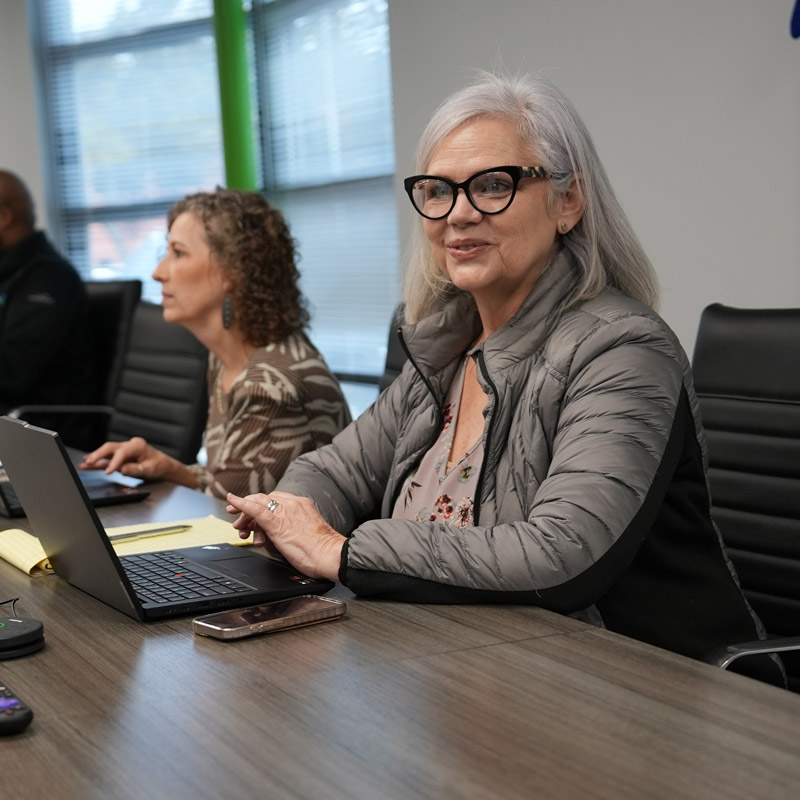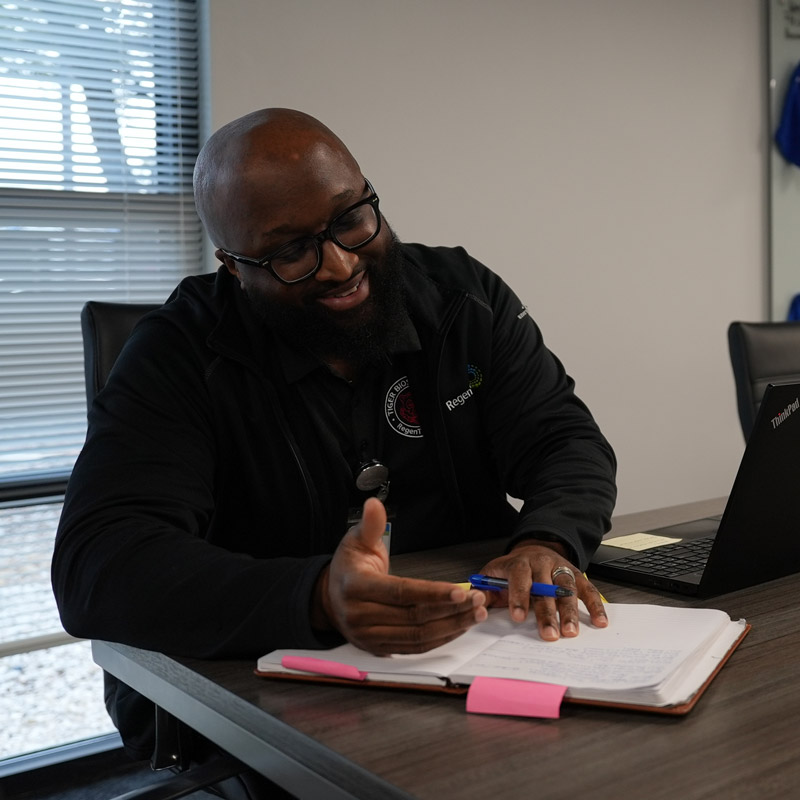Tissue Processing
Tissue Processing
Internal Tissue Processing: Precision & Quality Control
Internal FDA-Compliant Tissue Processing
Tiger Wound Care prides itself on being part of a vertically-integrated organization that performs tissue processing internally through its affiliate company, RegenTX Partners, LLC.
RegenTX is a state-of-the-art, FDA-registered and AATB-accredited tissue bank, whose operations include tissue storage, donor eligibility determination, processing, final release assessment, and distribution.


Tissue Processing Expertise
With its well-established and comprehensive structure in the quality management system, standardized operating procedures, training program, and industry expertise, RegenTX is a known leader in the industry.
In fact, RegenTX is one of the largest birth tissue processors in the world that specializes in tissue technologies to support wound care.
General Operations Overview
All aspects of operations are controlled through standard operating procedures defined to ensure compliance with the requirements of the Food & Drug Administration under 21 CFR 1271, the American Association of Tissue Banks standards, as well as industry best practices.
RegenTX operational processes
are designed to ensure:
- Tissue processes are designed and standardized for precision-driven processing to maintain allograft integrity and preserve biophysical properties that support wound care.
- Critical check points are integrated into processes to define stringent quality control requirements that guarantee quality, safety, and efficacy.
- Tissue yield is maximized to honor the gift of donation.

Tissue Processing Overview
Donated birth tissue undergoes a specialized minimal manipulation processing method that encompasses a series of cleaning, debridement and tissue preservation steps that results in impactful amniotic membrane and placental-derived grafts.
Resulting allografts are widely used in complex wound management due to their natural biocompatibility. Learn more about these allografts on the CAMPs page.
